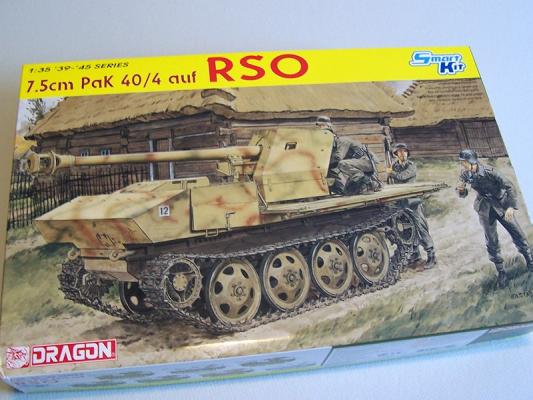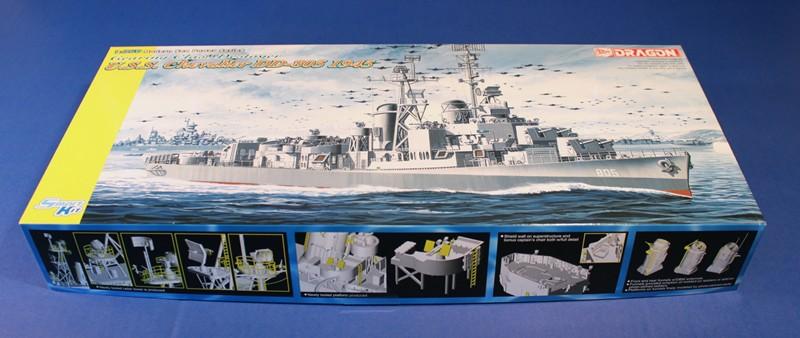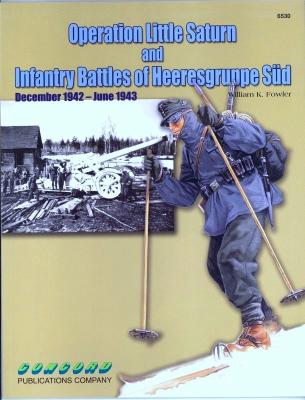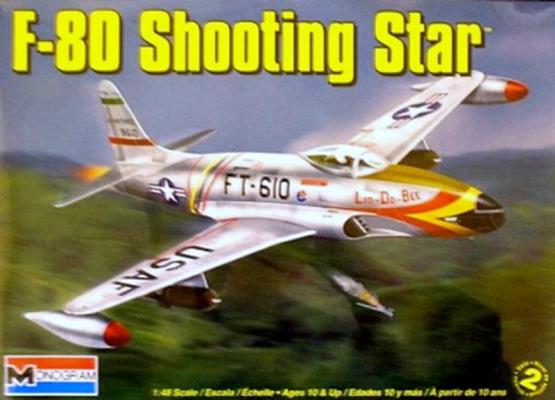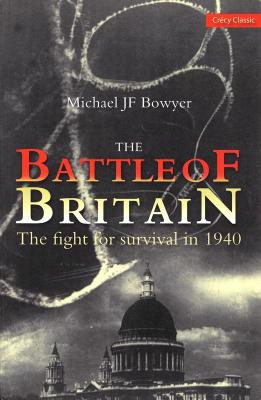History and Performance
In the summer of 1943 a proposal was offered by Steyr Werke to the Ordnance Department for the mounting of a PaK 40/4 on a RSO chassis as a small self-propelled anti-tank weapon. 60 machines we converted for testing. Combat trials on the East Front began in early January 1944.
The Kit
The kit is packaged in Dragon current sturdy box, with a color image on the front and a montage of features on the box bottom and sides. The box top shows that over 460 Parts are included. There are eleven sprues, molded in the familiar grey plastic with crisp detail. The hull and chassis front are molded separately.
Instructions - The instructions are typical Dragon, with eight fold-out pages. There are a total of 21 construction Steps, with numerous subassemblies noted. Very busy for such a small kit, but it gets one’s attention. There are no unused Parts indicated.

